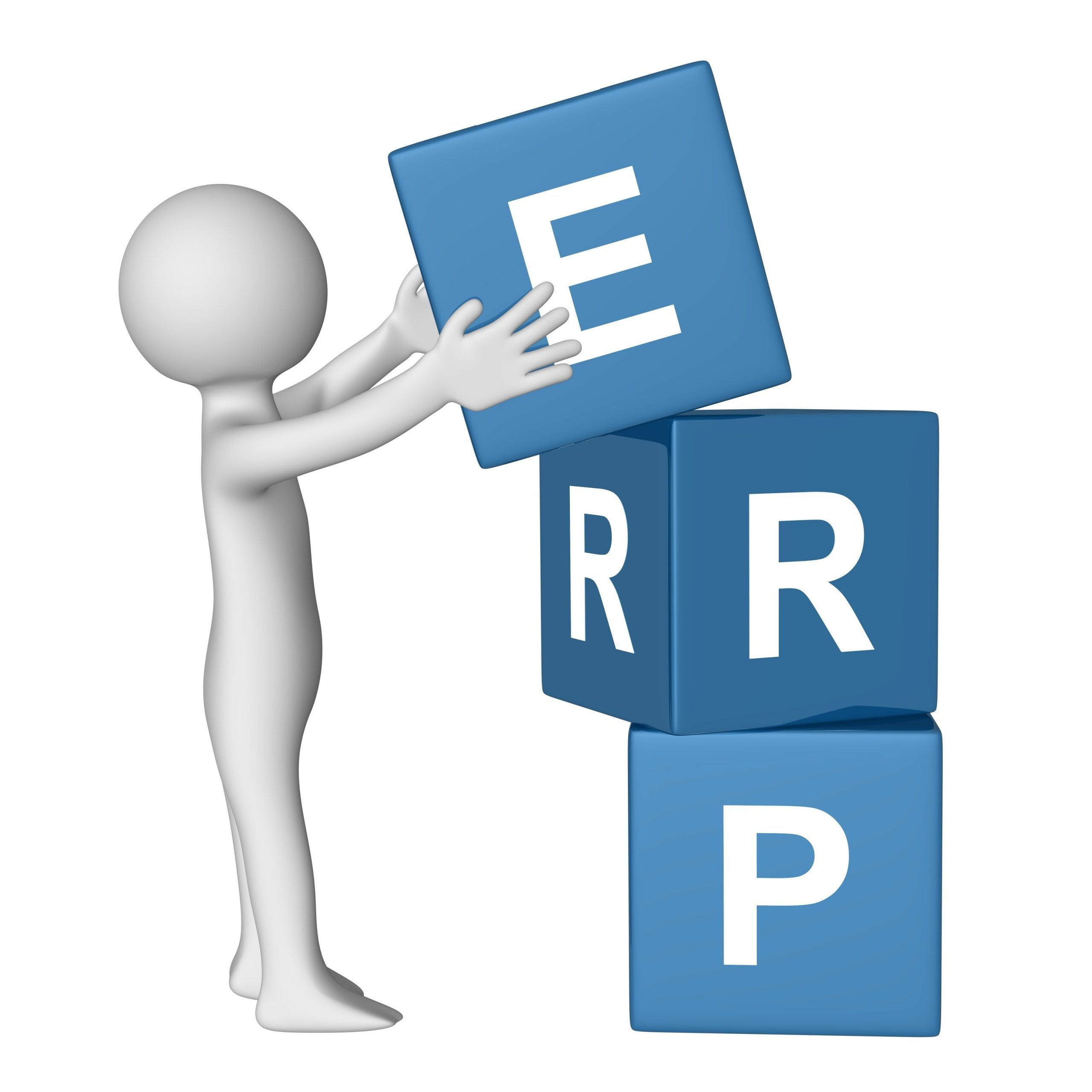Enterprise Resource Planning (ERP) – A Comprehensive Overview
By Author: Prankul Sinha
Introduction
Enterprise Resource Planning (ERP) is a category of business management software that allows organizations to collect, store, manage, and interpret data from various business activities.
ERP systems provide a continuously updated and integrated view of core business processes through a common database maintained by a database management system.
These systems track key business resources such as cash, raw materials, production capacity, and monitor commitments like orders, purchase orders, and payroll.
By sharing data across departments — including manufacturing, purchasing, sales, and accounting — ERP helps reduce errors, improve coordination, and enhance productivity.
ERP solutions operate across multiple hardware and network configurations, typically using a centralized database as the information source.
Implementation
Implementing an ERP system involves three main services: consulting, customization, and support.
The implementation timeline depends on factors such as company size, degree of customization, and the scope of process change.
-
Small organizations may take a few months for implementation.
-
Large enterprises often require 14 months or more, involving around 150 consultants.
-
Multinational corporations may take several years for full deployment.
For example, companies like Walmart have utilized ERP-based systems to implement Just-in-Time (JIT) inventory management, reducing storage costs and increasing delivery efficiency. Before 2014, Walmart used an IBM-developed system called Inforem to manage replenishment — a testament to ERP’s impact on modern supply chains.
Process Preparation
ERP implementation usually demands a thorough restructuring of existing business processes.
A lack of clarity about required process changes is one of the main reasons for ERP project failures.
Challenges can arise due to system complexity, infrastructure limitations, inadequate training, or poor motivation.
To ensure success, organizations must analyze and optimize existing workflows before implementation. This process enables a better alignment of business objectives with ERP functionality.
Best practices to reduce risks include:
-
Linking current processes with the organization’s overall strategy.
-
Evaluating the efficiency and relevance of each process.
-
Understanding how current automation aligns with ERP capabilities.
Customization
ERP systems are designed around industry best practices, and vendors expect organizations to adopt these standards as much as possible.
However, since every business is unique, customization becomes necessary to fill functional gaps.
Customization options include:
-
Rewriting parts of the ERP software to better fit company requirements.
-
Developing homegrown modules that integrate with the existing ERP framework.
-
Creating interfaces between the ERP system and external applications.
While customization improves functionality, it may also increase implementation time, cost, and maintenance complexity.
Advantages of ERP
The greatest strength of ERP lies in its integration capability — combining diverse business processes into a single, unified system.
This leads to improved decision-making, transparency, and operational efficiency.
Key advantages include:
-
Time and cost savings through process automation.
-
Enhanced visibility across all departments.
-
Improved sales forecasting and optimized inventory management.
-
Order and revenue tracking, from initiation to completion.
-
Comprehensive transaction history across operations.
-
Accurate financial reconciliation, linking purchase orders, inventory, and costing.
Disadvantages of ERP
Despite its advantages, ERP implementation comes with certain challenges and risks.
Common disadvantages include:
-
High customization complexity — may lead to longer deployment times.
-
Rigid system structure, forcing businesses to adapt their processes to software limitations.
-
High costs compared to less integrated solutions.
-
Vendor lock-in, as switching ERP providers can be expensive.
-
Resistance to data sharing between departments.
-
Heavy training requirements, consuming time and resources.
-
Integration difficulties when merging independent or diverse business units.
These challenges make ERP implementation a strategic investment that demands careful planning, management commitment, and continuous evaluation.
Conclusion
Enterprise Resource Planning has evolved into an essential component of modern business management.
By unifying multiple processes — from finance to supply chain — ERP systems help organizations operate more efficiently and strategically.
While challenges such as cost, customization, and complexity persist, the long-term benefits of streamlined operations, improved visibility, and better decision-making make ERP an invaluable tool for businesses seeking sustainable growth.


